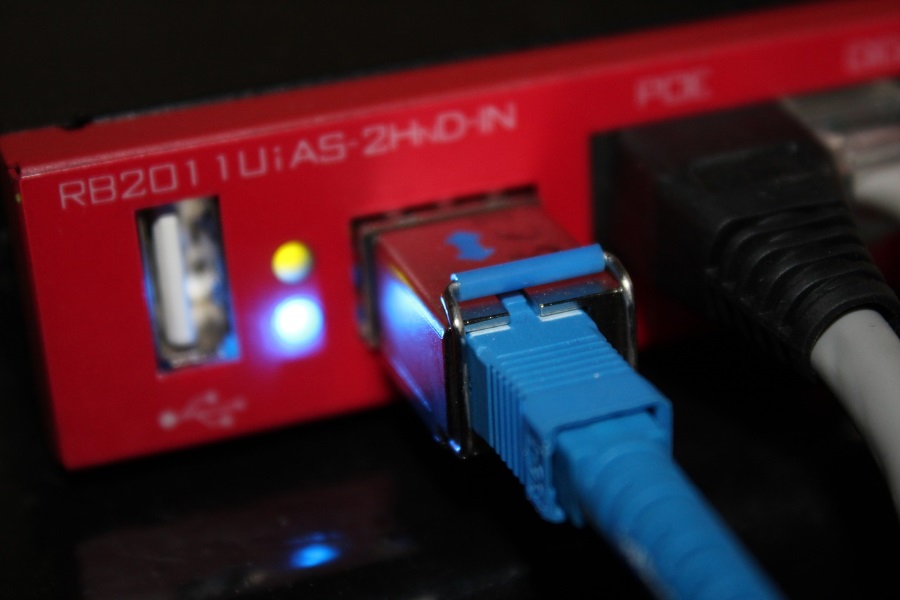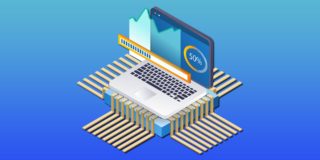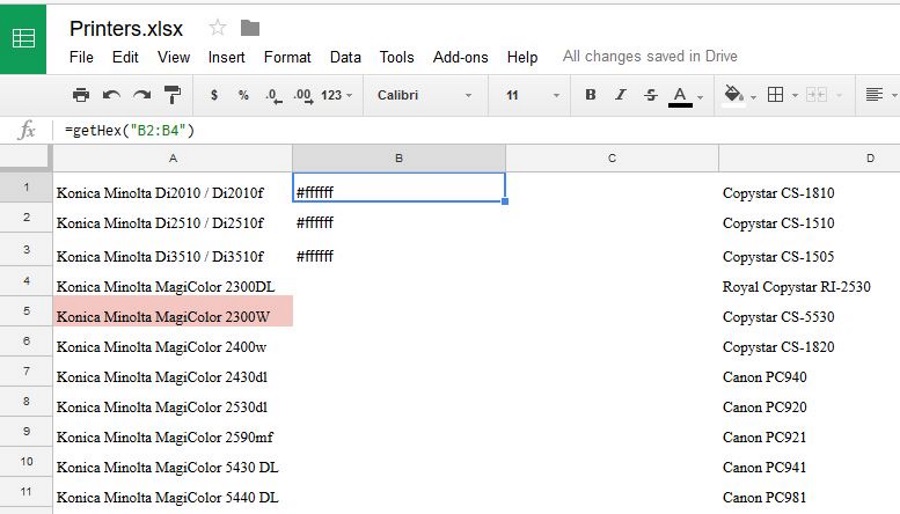How to Add More USB Ports to a PC or Laptop
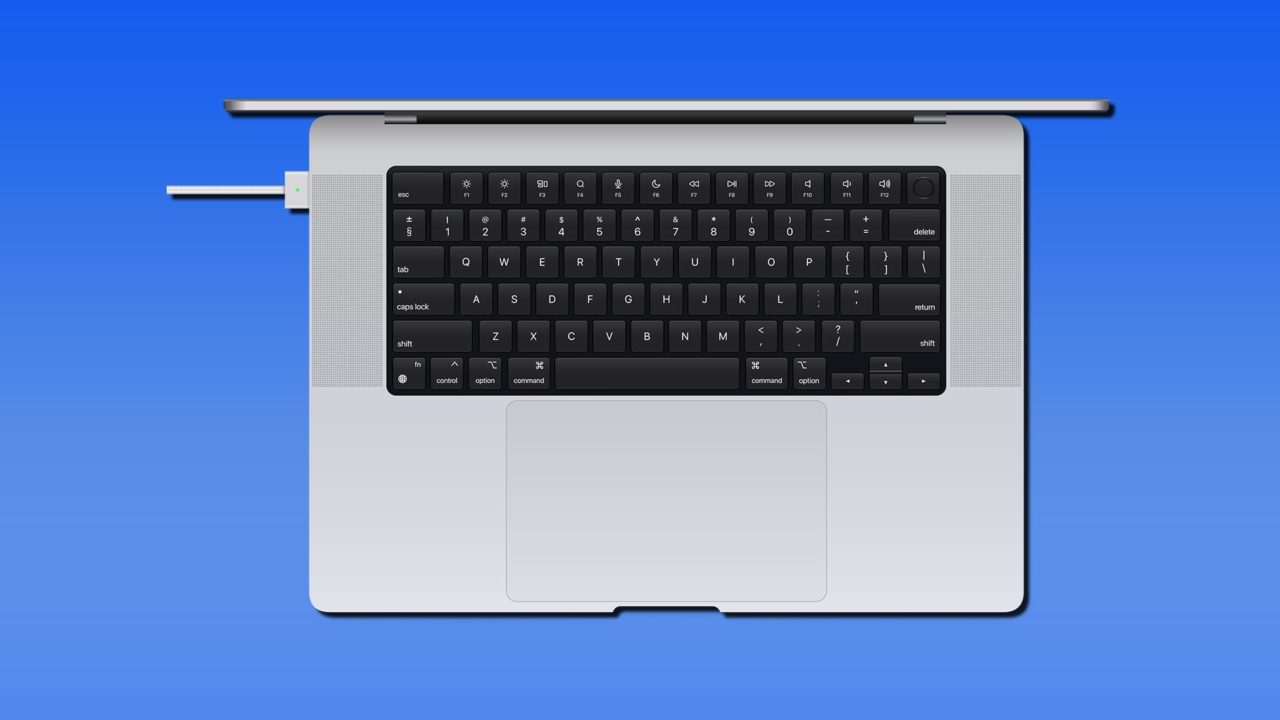
Laptops have gotten slimmer over the past few years, which resulted in slowly removing USB ports, as some models might have one dedicated USB port or none at all. This can be an issue if you’re trying to add multiple USB-operated devices (like a wireless mouse, keyboard, webcam, or an external hard drive). PC users might not encounter the issue to that extent, but a lot of their USB ports end up on the back on the case where they’re not as accessible. Luckily, adding more USB ports to PC builds is possible, and the complexity of the solution will depend on what devices you want to connect.
Option 1 – Add More USB Ports to PC or Laptop Simply via a Hub
A USB hub is the simplest solution when you just need a few extra USB ports and don’t plan on using all of them simultaneously. Most hubs have a plug-and-play design, where they are connected and automatically detected by the PC through a USB slot.
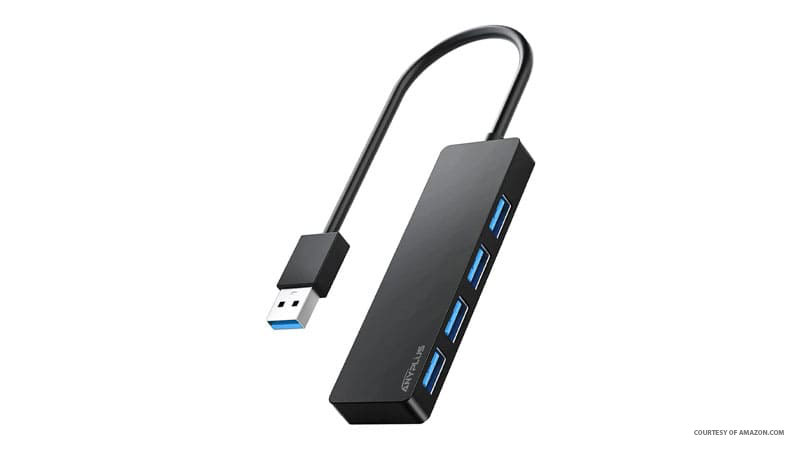
Hubs allow you to plug in low-power devices like mice, keyboards, phones (for data transfer), microSD cards. More advanced options can even provide an Ethernet slot (something that non-gaming laptops don’t even have).
However, the downside of a hub is that it draws its power from the PC and can only draw as much as a single USB connection. This makes it unsuitable for when you need two or more devices that require high data throughput or power requirements to work, such as hard drives or mobile device chargers.
Option 2 – Add More USB Ports to PC via a USB Docking Station
If you use a desktop PC or have built a workstation around a laptop where it remains mostly stationary, then a USB docking station provides more connectivity options and bundles up your peripherals to stay on the same desk.
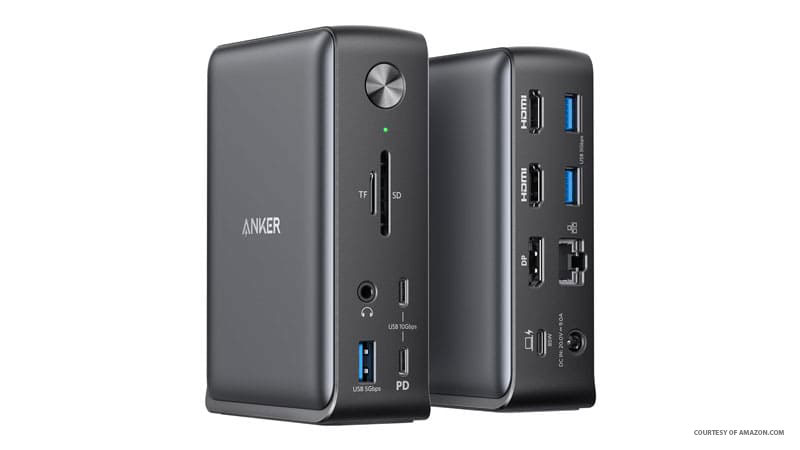
There are a few different USB docking station designs. In general, more advanced versions will have a dedicated power supply (which means they need to be connected to an outlet), but this allows them to power hard drives with higher data speeds, charge mobile devices, or even allow multi-monitor setups without any issues.
If you need to remove desk clutter, you can also get a docking station that doubles as a laptop or monitor stand.
Option 3 – Add More Ports to PC Desktops via Dedicated PCIe Expansion Card
If you want a solution that doesn’t take any desk or outlet real estate, you can use a PCIe extended to plug additional USB ports directly to your PC’s motherboard. This is a more advanced solution that only works on desktop PCs. It’s also more permanent, as disconnecting it requires you to disassemble it from the motherboard.
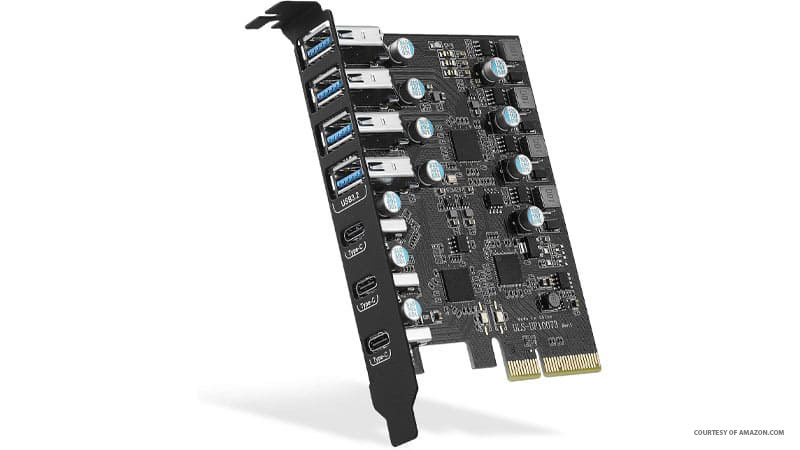
PCIe extenders depend on your PC having an empty PCIe slot (usually of the smallest x1 size or the x4), which shouldn’t be a high bar if you haven’t customized your PC a lot and use only a few hard drives. They typically add four to eight USB ports, with newer models using the 3.1 or 3.2 standard with high data throughput.
However, PCIe expansion cards depend on your case’s physical size and appearance, and not all cards will be able to fit into the case or slot into the motherboard while still having the ports stick out in the right place. Make sure to review the card you’re purchasing to ensure it is compatible. These cards will also need a dedicated driver to be installed properly.
Option 4 – Use a Front Panel USB Extender
Remember floppy disk drives? Neither do we, but some PC case manufacturers still put a 3.5” floppy disk drive bay to the front of the case which sits unused and boarded up. You can use a small extension bay that typically adds two 3.0 USB ports, which give you those few extra USB ports to the front of the PC where they can be easily accessed.
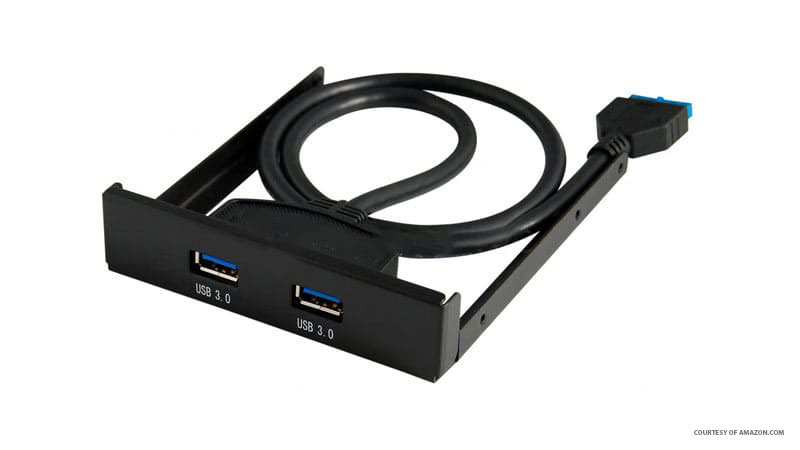
Alternatively, you can get the full 5.25” panel (i.e. the size a CD drive) if you need more USB slots on the front the case and additional connectors like USB-C ports or SD card readers. In either case, the extension slot connects internally to the motherboard via a 20-pin cable (and possibly additional ones depending on the exact ports you’re adding).
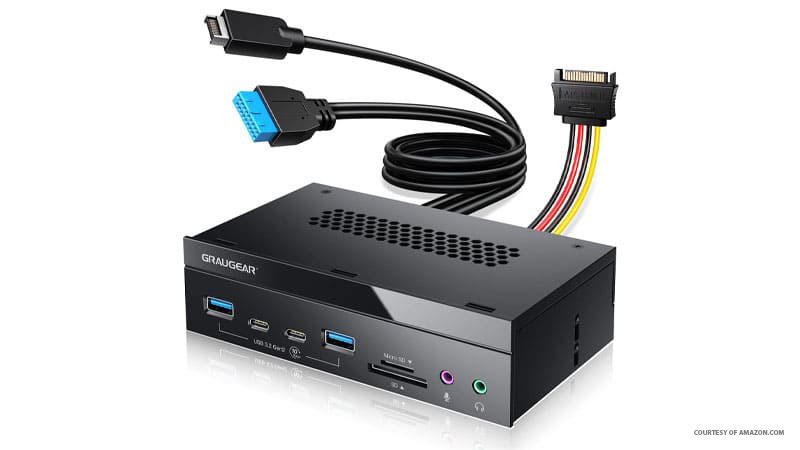
This is the middle ground between a full PCIe extender card and a USB dock for adding more USB ports to PC desktops, as it has slightly more installation requirements and lack of portability but provides more access to the ports.


